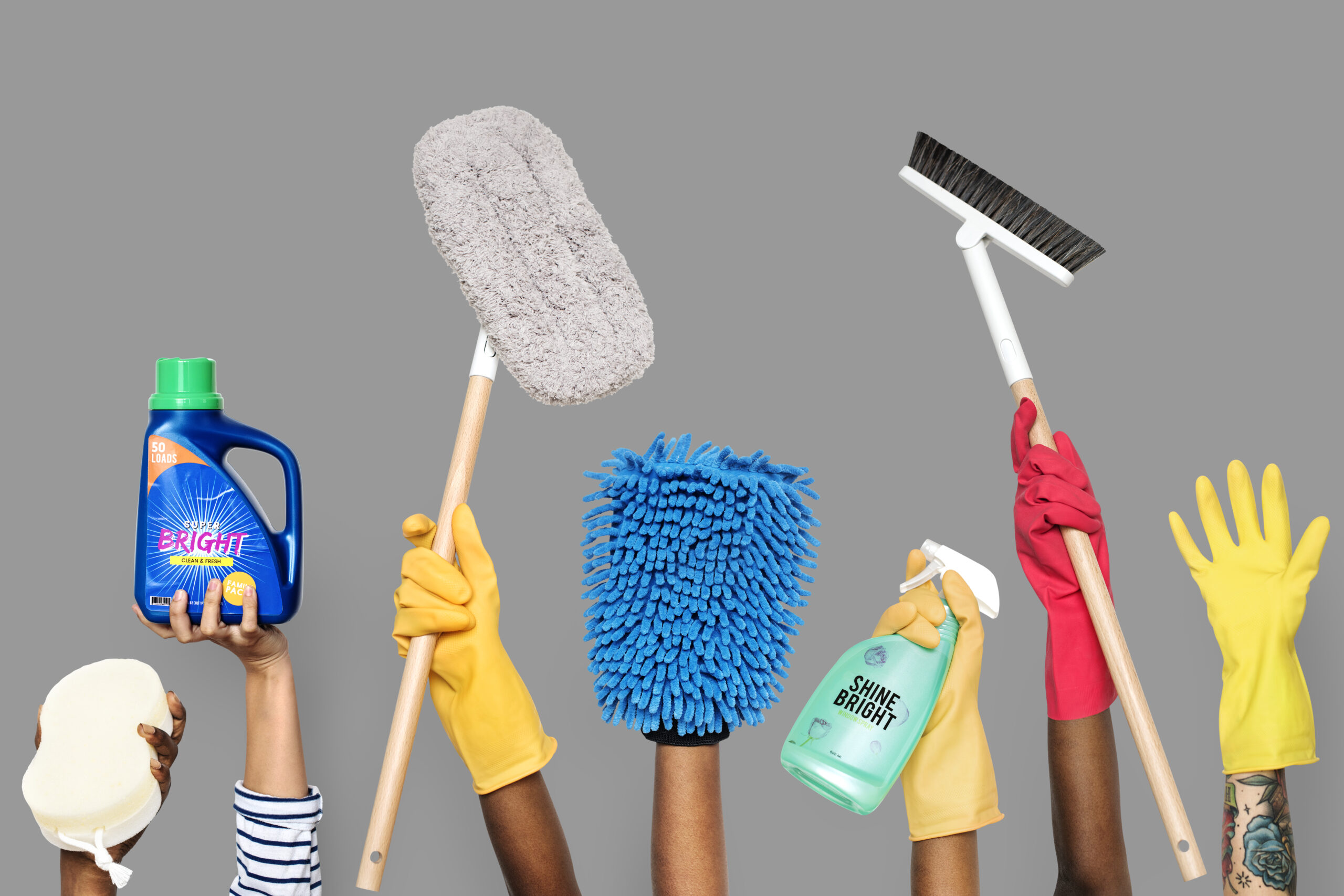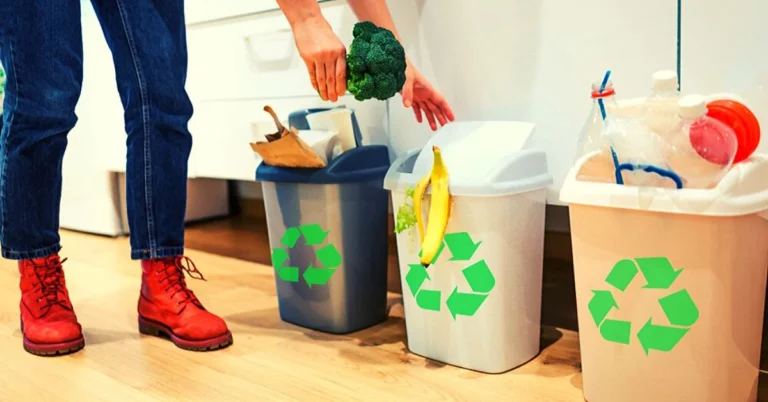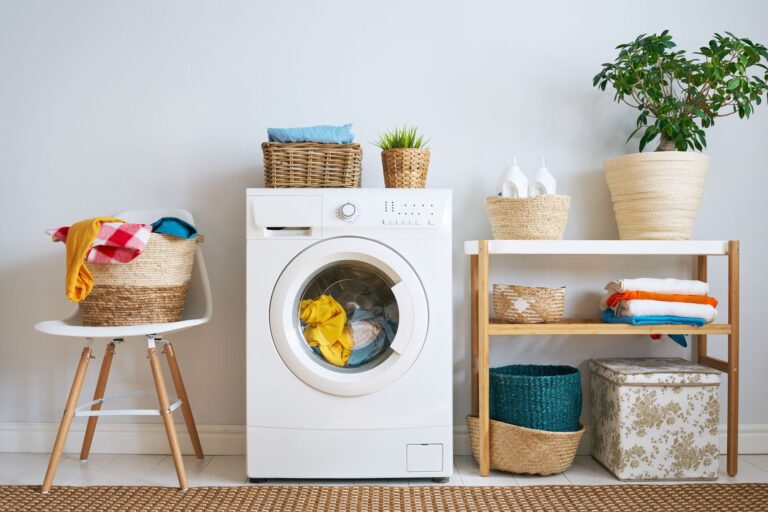How Often Should You Clean Your Kitchen Tools
Most of us consume at least half of our lives in our homes without recognizing that it impacts our health. The more you use something in your kitchen – whether it’s a surface, an appliance, or a whole area – the more often it has to be cleaned. Knowing how often you need to clean things in your kitchen and scheduling those tasks helps you remain on top of housework without turning it into a full-time job.
A healthy kitchen has a connection to your healthy body. This article will explore that connection, along with ways to make your kitchen a healthy one. So, consider a deep breath and read on to find out!
Sponges

Sponges should be washed at least once a day or as soon as possible after heavy use. To eradicate bacteria, give your sponge a good rinse with soap and water, or to disinfect it further, place it on the top rack of your dishwasher while it is running a load. Ultimately, there is no set rule for replacing your sponge. Still, it would help if you were not hesitant to replace it frequently—basically whenever it looks unclean.
Mop Head
Cleaning a floor with a filthy mop is a complete waste of time. You’re only spreading dirt and bacteria everywhere and never actually cleaning the surface. In terms of frequency, just like with the sponge, the most straightforward approach to ensure that your mop head is clean before each usage is to clean it after each use.
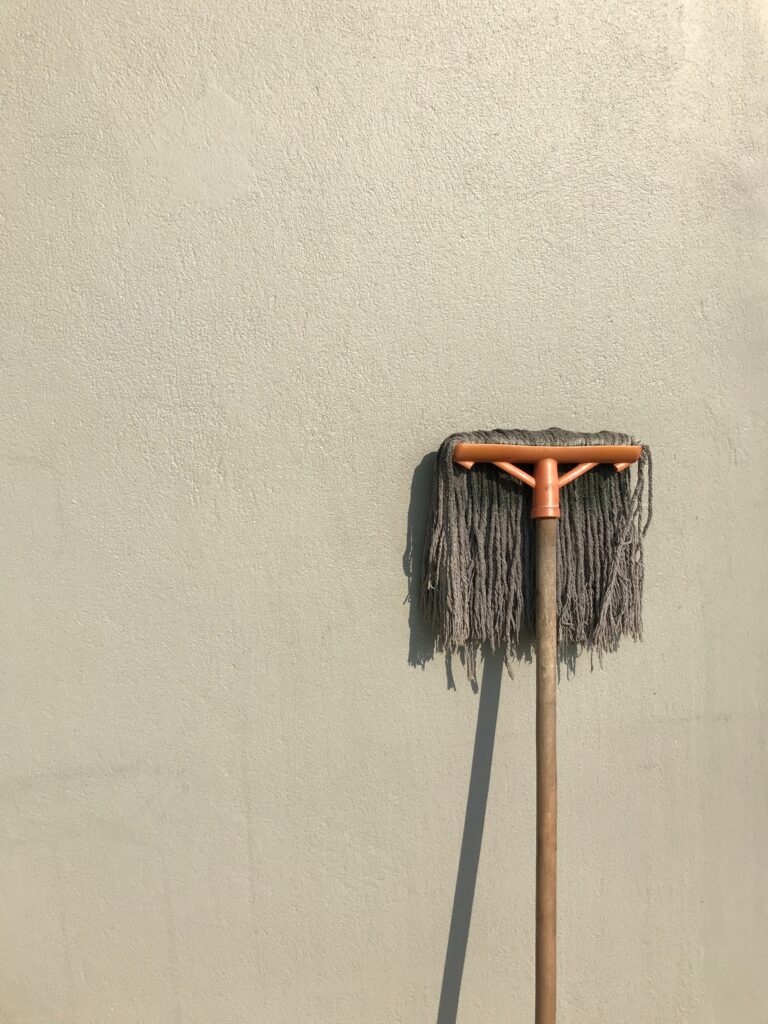
When you’re done mopping, toss the dirty mop head in with any other cleaning cloths you’ve used in the washing machine. This method works with any detachable mop head, whether flat or string. Fill a container with hot water and dish soap if you don’t have a washing machine or your mop head isn’t removable. Manually scrub your mop head clean while wearing rubber gloves, rinse it, then hang it to dry.
Garbage, Recycling & Compost Bins
Plastic absorbs odors over time, so even if you’re meticulous about spills and messes, these bins will ultimately begin to stink. These containers need to be cleaned once every three months, except there’s been a bag break, in which matter you need to do it immediately! Take your containers outside once you’ve taken out your waste, preferably on garbage day.
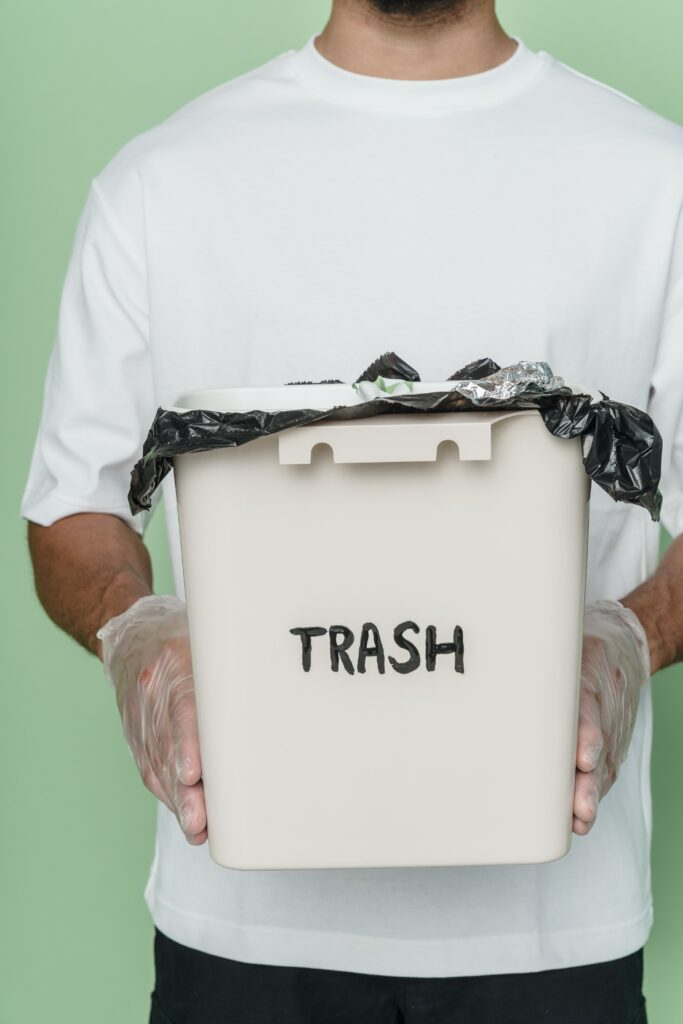
After cleaning the inside of the bin, put borax or baking soda inside the containers and allow for 20 minutes. Then scrub it with a brush that’s adequate for the job. Finally, rinse it thoroughly and dry it under the sun to further minimize odors.
Oven Mitts
Even though they contact food and get close to it, oven mitts are sometimes forgotten when cleaning the kitchen. Food trash, stains, and any ashy residue from ovens can be removed by washing oven mitts.
We suggest doing it every three months or whenever they look bad! If your gloves appear to be worn out or thin, it may be time to replace them because they may not be protecting your hands from the heat as much as they used to.
The Oven
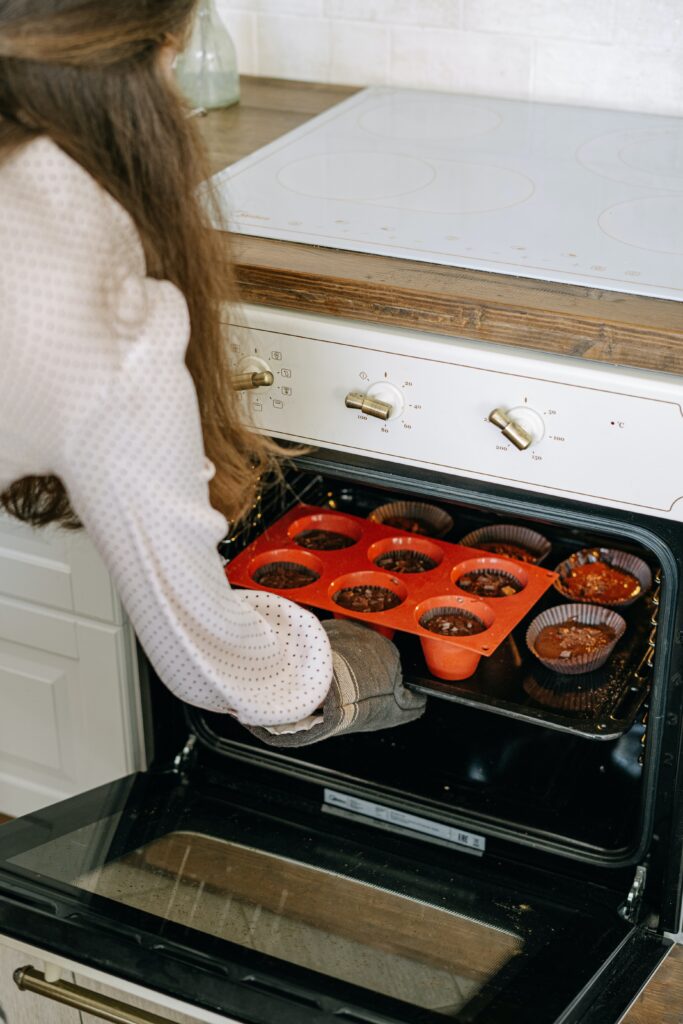
Many people think that the oven is the most challenging part of cleaning the kitchen. However, it isn’t nearly as difficult if you stay on top of it and spot clean it frequently. Depending on how often you cook and how responsible you are when cooking, you should deep clean your kitchen two to four times a year.
If you’re a messy cook who spills food all over the oven floor, you should clean it more often. Also, don’t forget about the oven racks, which can also get very grimy if left untreated for a long time.
Kitchen Towels
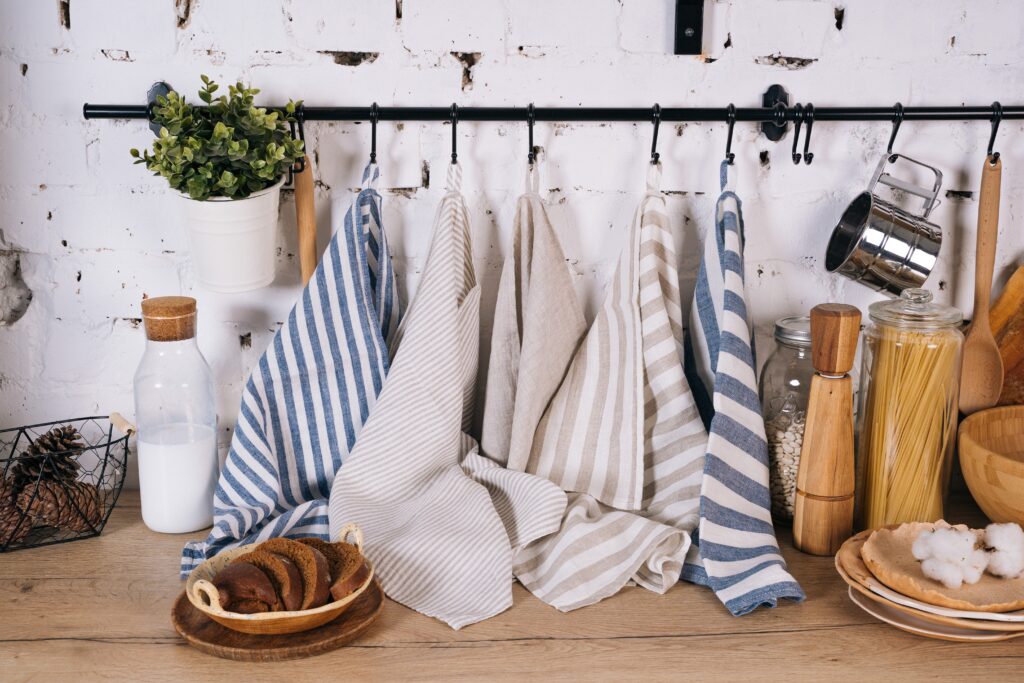
Plate towels, microfiber cleaning cloths, and hand towels are essential in the kitchen. They keep your hands dry while you’re cooking, are used to dry fruits, vegetables, and dishes, and can even help you clean up once you’re done. In short, they are necessary and must be maintained clean and sanitary.
Depending on how frequently you use your towels, clean them or replace them every 24 to 48 hours. Keep a fresh towel pile and a used towel bin—make sure they’re completely dry before tossing them into the “used” pile, or they’ll grow even riper. Run a load of laundry when the used bin is complete or the fresh pile is empty to keep the cycle going.
The Fridge
Another essential kitchen appliance to keep an eye on is the fridge. While the fridge’s primary function of keeping food cold prevents odors, it does not prevent spills, leaks, and other messes that can cause it to become dirty and food contaminated.
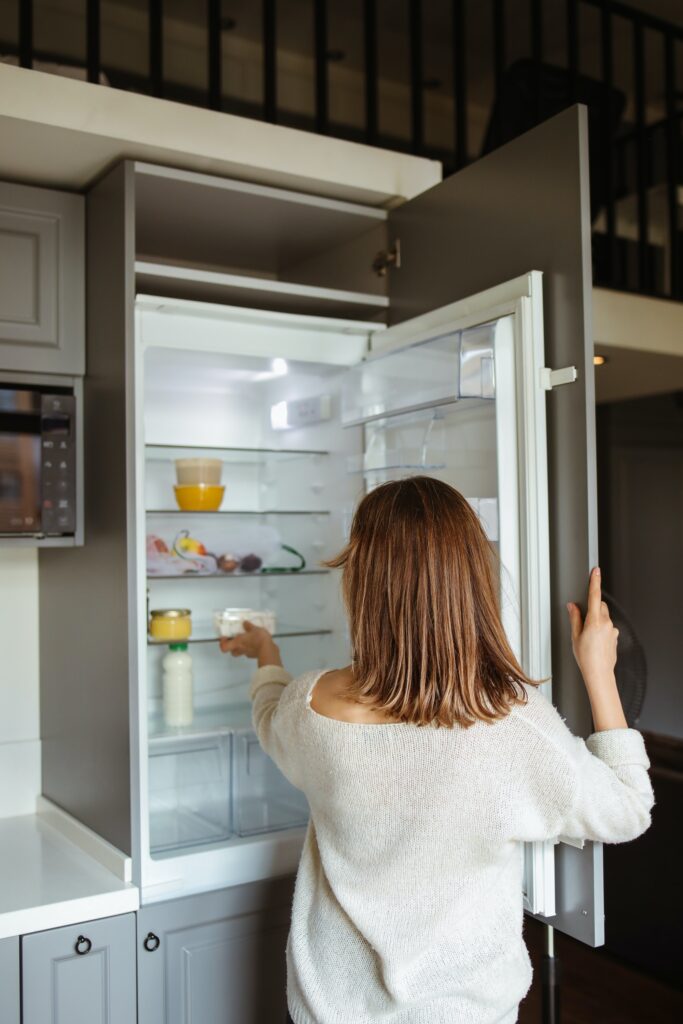
Once a month, give your fridge a quick clean to keep it in good shape. That involves getting rid of anything that’s expired, off, or unused, such as sauces, dips, or anything else you’re not likely to use soon. Remove old vegetables and cast-off leaves, stalks, and other items from the crisper drawers. Finish up by wiping off exposed parts with an all-purpose cleaner.
It’s time for a deep clean every three months! Remove all the items inside the fridge, including shelves and drawers. Spray the interior well, then wipe it down and dry it. Handwash all the shelves and drawers with soap and warm water in the sink, then dry thoroughly. Then, put everything in the fridge after giving each item a quick wipe.
Now, you know how to answer the question, “How often should I clean it?” The secret to keeping a kitchen clean is consistency. It also takes ongoing effort and dedication. That’s not to suggest you have to spend hours every day doing chores; you have to be clever with your time. It’s important to remember that doing small tasks often is a wiser choice than doing everything in one day.

